Handprints on a Wall: Leaving No Room for AI in Art.
AI is terrifying. Putting it lightly, its potential and capability is so vast, most people don't even know where to start with it. The title of this blog is reproachful, but I would like to make it clear that I think AI and what it can do can absolutely be positive - just not in the arts.
I take issue with many aspects of AI being used more and more as replacement of human talent than a tool to let humans be more passive while putting their energy into other things. It is a symptom of a world that emphasizes productivity and quickness. But art is a living thing, made from living things. Whether art can exist outside of human consciousness and cultures is a topic so vast we still don't know the answer (nor do I think we ever will). To me, that's not the relevant part - art is labor, honed skill, hours upon hours of practice. It is an innate urge within us to create, to try our hardest to build something from ourselves.
I think this is partly why the appeal of AI generated art is so compelling for many people. It satisfies the urge to create with none of the effort involved. In a way, I understand - if art is not something you have made a conscious effort to surround yourself with, then the easy access is incredibly enticing. A written prompt, a click of a button, and there you go: a piece of unique art made just for you.
Except, it's not unique.
AI art is stolen art. Plagiarism. Thievery stacked on itself until it's almost laughable.
We see it all the time: the many ways AI fails to replicate details that feel obvious to us. The number of fingers on a hand, the number of teeth in our mouths, how far our joints can bend. Even if we have no formal understanding of anatomy, we know when something is wrong. This is the foundation of uncanny valley (the phenomenon where we feel uneasy or revulsed by something that looks human but not human enough), the basis on which many culture's folklore pass on warnings regarding the identification of supernatural creatures (skinwalkers, the fae etc.)
With large language learning models now learning from each other rather than real writing, there is now also a sense of uncanny valley in speech patterns themselves. We can identify when something has been written by AI because there is just something wrong with it.
The absence of human touch is palpable.
Hands tell stories, hands paint pictures. We can paint pictures of hands with our words so well they dominate poetry, stories of love, stories of personhood. They change as we grow, yet our fingerprints remain so static they are used to identify us.
I think there is something so poignant in the fact that AI struggles to replicate hands, and some of our earliest known artwork is of handprints on a wall. A demonstration of the human desire to leave a mark, to be known even briefly. This is the tragedy of digital art, and specifically AI art: there is no guaranteed permanence. Its ephemeralness isn't on purpose, but because it is inevitable.
We are constantly looking for skilled writers and are open to publishing original pieces on our blogs. Follow the link below to submit!


